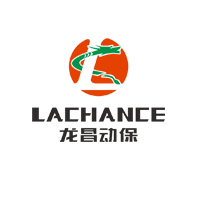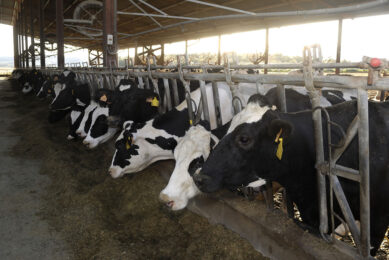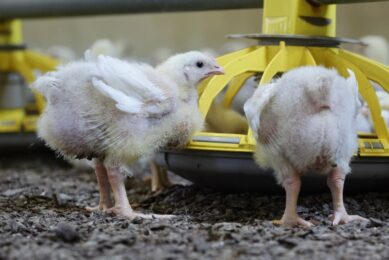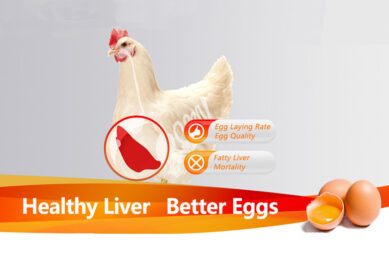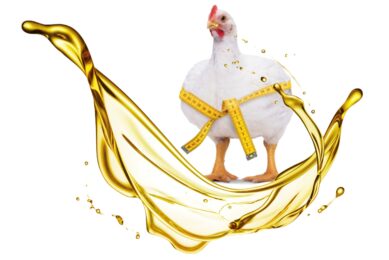Advances in bile acids studies on tilapia and P. vannamei
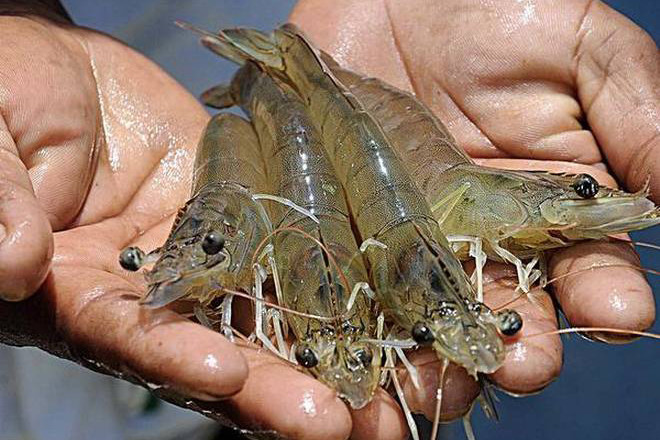
Due to their ability to protect the liver and pancreas, bile acids have become an essential feed additive in aquaculture feed and farming. Here the progress in tilapia and P. vannamei is examined.
In modern aquaculture production, the amount of fat in the feed is getting higher. On the one hand, an animal’s body can’t secrete enough bile to effectively absorb fat; on the other hand, a large amount of fat increases the burden on animals, especially the liver, resulting in hepatocytes damage, fatty liver, hepatitis and other symptoms. This will further inhibit the ability of the liver to secrete bile, leading to disorders of fat metabolism.
Bile acids are a class of amphoteric sterols synthesised from cholesterol in the liver. Adding bile acids to the feed can not only effectively compensate for the lack of secretion by the animal’s body, but also protect the liver and pancreas (gland) health, repair the damaged liver, discharge toxins, reduce the burden on the liver, promote the digestion and absorption of lipids, as well as playing an important role in maintaining normal energy metabolism of the body.
Improved growth performance in tilapia
A study by Gengwu Gou et al (2016) in tilapia showed that the weight gain rate (WGR), specific growth rate (SGR) and feed efficiency (FE) of the experiment group with 150 mg/kg bile acids addition were significantly higher than the control group (P<0.05); a study by shaowei zhai>et al (2015) showed that the addition of 300 mg/kg bile acid to the feed significantly increased the final body weight (FG), weight gain rate (WGR), specific growth rate (SGR) and protein efficiency (PE); significantly reduced the feed coefficient of tilapia (Table 1).
Junxia Ma et al studied the effects of different doses of bile acids on P. vannamei. The results showed that the dose of 1000mg/kg bile acids increased the weight, specific growth rate, weight gain rate and survival rate by 3.3%, 8.3%, 10.7% and 2.1% respectively compared with the control group. It indicates that bile acid has a growth promoting effect on P. vannamei. Research done by Heng Wang showed that the addition of 0.1% bile acids significantly reduces the feed coefficient of P. vannamei (Table 2).
Promote digestion and utilisation of fat
According to the experiments by Aquaculture Laboratory of South China Agricultural University , which was done on P. vannamei provided by the Shrimp Seedling Factory of Yuehai Feed Group Co., Ltd. with weights of 0.30±0.02g, the activities of lipase and lysozyme of the experimental group were significantly higher than those of the control group, increasing by 55.3% and 20.1% respectively, see Figure 1.
Reduce the amount of cholesterol in the feed
Studies on the effects on the growth performance and hepatopancreas cholesterol content of P. vannamei after adding cholesterol and bile acids to the soybean meal replacing fish meal found that the experiment group fed with low fish meal high soybean meal with additional 0.3% cholesterol and 0.2% bile acids group had better growth performance and feed efficiency than the group with the addition of only 0.6% cholesterol. This shows that bile acids improve the utilisation of cholesterol in the feed and saves about 50% of cholesterol.
In conclusion, bile acids can not only improve feed utilisation, reduce the feed coefficient, save costs, promote growth, but also effectively protect the health of liver and pancreas (gland) of animals and repair damaged liver.
Author: Dr Wei Zhang, Shandong Longchang


